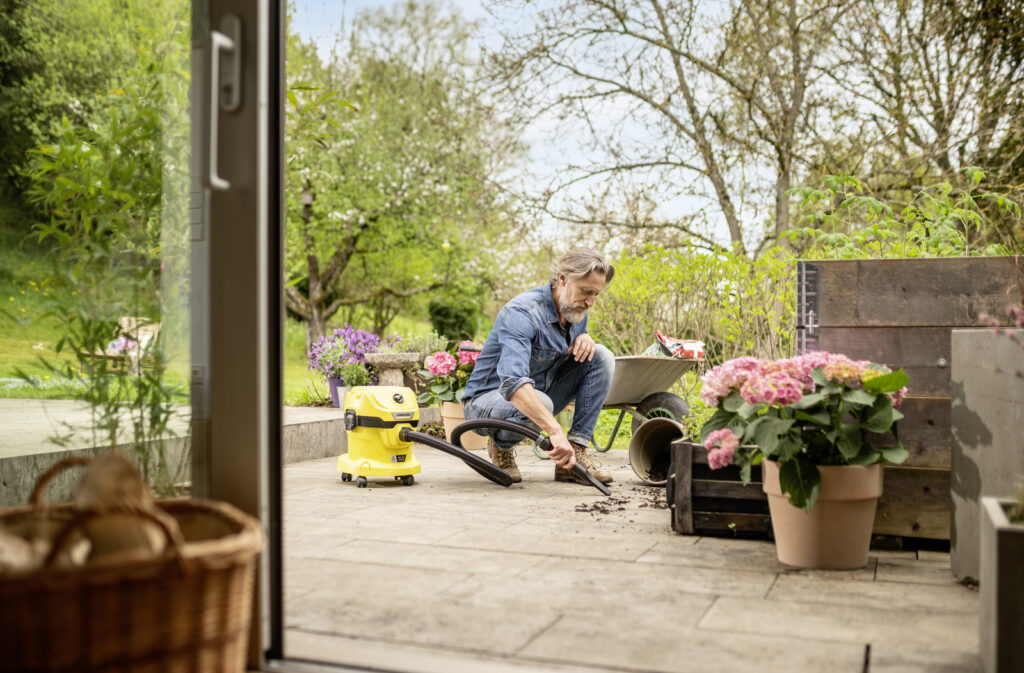If you’re looking to strengthen your core and improve your posture, ab vacuums might be the perfect addition to your workout routine. This simple yet effective exercise targets the deep abdominal muscles, helping you achieve a toned midsection while enhancing your overall stability. Plus, it’s an excellent way to engage your core without the need for any equipment.
Learning how to do ab vacuums correctly can make a significant difference in your fitness journey. Whether you’re a beginner or a seasoned athlete, mastering this technique can elevate your workouts and contribute to a stronger, more defined core. Ready to dive in? Let’s explore the steps to perform ab vacuums effectively and reap the benefits they offer.
Understanding Ab Vacuums
Ab vacuums enhance core strength by targeting the transverse abdominis, promoting stability and improved posture.
Benefits of Ab Vacuums
- Strengthens Deep Core Muscles: Ab vacuums activate the transverse abdominis, which supports the spine and maintains stability.
- Improves Posture: A strong core helps align the spine correctly, reducing the risk of discomfort and injury.
- Enhances Athletic Performance: Stronger core muscles contribute to better performance in sports and daily activities by improving balance and coordination.
- Aids in Weight Management: Engaging core muscles can help with overall muscle engagement and increased calorie burn.
- Versatile and Equipment-Free: You can perform ab vacuums anywhere without needing special equipment, facilitating easy integration into any routine.
How Ab Vacuums Work
Ab vacuums work by consciously contracting the transverse abdominis, pulling the abdomen inward. This action mimics the natural drawing-in motion. The process helps strengthen the core stabilizers, which are crucial for maintaining proper posture and functional movements. When performed regularly, ab vacuums can lead to improved core stability, aiding in more complex exercises and daily movement efficiency.
Steps to Perform Ab Vacuums
To effectively perform ab vacuums, you must master the correct technique. Follow these steps to ensure optimal results.
Preparatory Position
- Stand upright or kneel on all fours.
- Keep your feet shoulder-width apart for balance.
- Align your spine and relax your shoulders.
- Engage your core slightly while ensuring your back remains straight.
- If standing, place hands on hips or cross them over your chest. If on all fours, keep your hands below your shoulders.
Executing the Movement
- Exhale fully to empty your lungs, creating space for the contraction.
- Pull your navel toward your spine, engaging your transverse abdominis.
- Hold the contraction for 15-30 seconds, focusing on maintaining the tension.
- Remember to keep your breathing steady, avoiding any strain on your neck or shoulders.
- Gradually release the contraction while inhaling deeply, returning to the starting position.
Breathing Techniques
- Breathe out completely before starting the vacuum, ensuring full exhalation.
- Focus on controlled inhales and exhales during each hold.
- Maintain a rhythm, such as inhaling for two counts and exhaling for four counts.
- Practice diaphragmatic breathing to enhance your core engagement.
- Do not hold your breath during the contraction; always allow for a steady airflow.
Common Mistakes to Avoid
Avoiding mistakes during ab vacuums ensures you maximize benefits and prevent injury. Focus on proper technique and awareness of your breathing.
Incorrect Form
Maintaining correct form is crucial for effective ab vacuums. Ensure your back remains straight, and your shoulders are relaxed. Avoid arching your back or leaning forward, as this can diminish the exercise’s effectiveness. Keep your core engaged throughout the movement. When bending forward or rounding your back, the engagement of the transverse abdominis decreases, limiting results.
Holding Breath Too Long
Holding your breath for extended periods disrupts the flow of oxygen and counteracts the exercise’s benefits. Focus on steady, controlled breathing. Exhale fully as you pull your navel toward your spine, then inhale smoothly to maintain a rhythmic pattern. Remember, the goal is to hold the contraction without straining or feeling lightheaded. Prioritize your breathing to enhance effectiveness and ensure a comfortable practice.
Tips for Incorporating Ab Vacuums into Your Routine
Incorporating ab vacuums into your routine enhances core strength. Follow these tips to maximize effectiveness and maintain consistency.
Frequency and Duration
Aim for performing ab vacuums 3-4 times per week. Each session can include 3-5 sets of 15-30 seconds for beginners, escalating to 30-60 seconds as you progress. Ensure adequate rest between sets, allowing muscles to recover. Consistency contributes to noticeable improvement in core strength and stability.
| Frequency (per week) | Sets per session | Duration (seconds) |
|---|---|---|
| 3-4 | 3-5 | 15-30 (beginner) |
| 30-60 (advanced) |
Pairing with Other Exercises
Pair ab vacuums with other core-strengthening exercises for comprehensive engagement. Combine ab vacuums with planks, leg raises, or bicycle crunches to activate various muscle groups. This combination boosts overall core stability and enhances athletic performance. Integrating breathing exercises, such as diaphragmatic breathing, can further improve effectiveness and mindfulness during workouts.
Conclusion
Incorporating ab vacuums into your fitness routine can significantly enhance your core strength and posture. By mastering the technique and committing to regular practice, you’ll notice improvements in stability and overall athletic performance.
Remember to focus on your breathing and maintain proper form to maximize the benefits while minimizing the risk of injury. Whether you’re a beginner or more advanced, integrating this versatile exercise can lead to a stronger midsection over time.
Stay consistent and pair ab vacuums with other core exercises for a well-rounded approach to your fitness journey. Your body will thank you for the effort you put in.

Hi, I’m Md Rofiqul, a gardening enthusiast who loves spending time in the garden and backyard. I enjoy caring for plants, growing flowers and vegetables, and creating a green space that feels peaceful and refreshing. Gardening is more than just a hobby, it’s a passion that connects me to nature and brings joy to my daily life. Living with plants inspires me to embrace simplicity, patience, and sustainability while making every day more colorful and rewarding.
